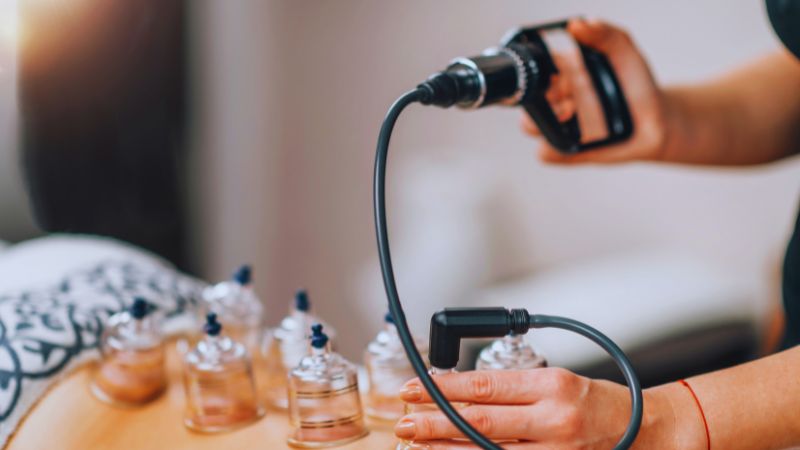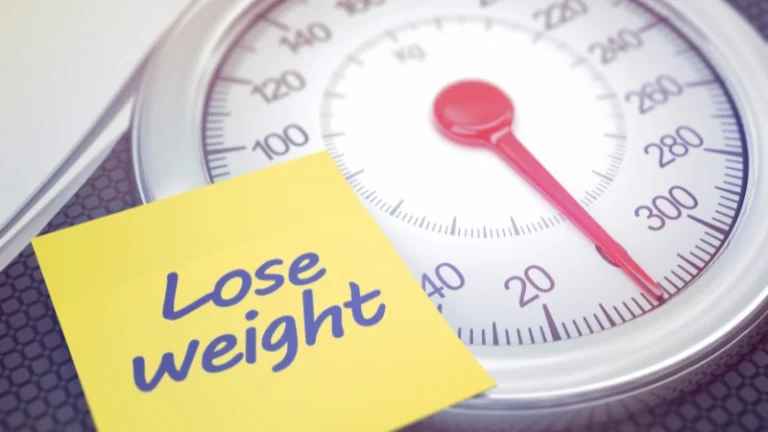Hijama Cupping For Weight Loss – The Ancient Treatment

An age-old form of treatment known as hijama cupping therapy has been practiced for centuries in numerous cultures all over the world. Recently, it has gained popularity as a natural and effective way to promote weight loss.
This article will explore on Hijama Cupping For Weight Loss, its benefits, and how to get started.
History of Hijama Therapy
Many cultures around the world have used hijama therapy for centuries, including China, Greece, and the Middle East. “Hijama” means “to suck,” and the technique involves using suction cups made from glass, bamboo, or plastic to create a vacuum at specific points on the body.
It is believed that the Prophet Muhammad (P.B.U.H.) himself advocated using Hijama therapy as a complementary treatment for various illnesses. Hijama has been practiced for decades to alleviate a variety of symptoms, such as those associated with headaches, back pain, arthritis, and gastrointestinal issues.
Despite its long history of use, Hijama therapy fell out of favor in many parts of the world during the 20th century as modern medicine became more dominant. In recent years, however, there has been a resurgence of interest in traditional healing methods, and Hijama therapy has become more popular as a natural way to improve health and lose weight.
How Hijama Therapy Can Help You Lose Weight?
Hijama therapy works by stimulating specific points on the body with suction cups. This creates a vacuum effect that draws stagnant blood and toxins to the surface, allowing the body to eliminate them more easily. Hijama therapy also promotes the flow of fresh, oxygenated blood to the treated areas, which can help speed up the metabolism and burn fat.
A study in the Journal of Traditional and Complementary Medicine says that hijama therapy has helped overweight and obese people reduce their total body weight, body mass index (BMI), and waist circumference by a lot. The study additionally found that Hijama therapy can aid in the management of both cholesterol and blood sugar.
Hijama therapy can aid weight loss in a number of ways, one of which is by lowering hunger and encouraging good eating. By enhancing digestion and nutrient absorption, Hijama therapy can assist the body in absorbing more nutrients from the food we eat, hence minimizing the need for additional calories.
Additional Benefits of Hijama Cupping For Weight Loss
Improved digestion and nutrient absorption
Hijama therapy has been shown to improve digestion and nutrient absorption by increasing digestive enzyme production and promoting bile release. This can help the body extract more nutrients from the food we eat, reducing the need for excess calories.
Reduced inflammation and oxidative stress
Inflammation and oxidative stress are key factors contributing to weight gain and metabolic dysfunction. As a form of alternative medicine, hijama therapy (cupping) has been shown to alleviate inflammation and oxidative stress by boosting the body’s natural defenses.
Relief from stress and anxiety
Stress and anxiety can also contribute to weight gain by increasing the production of cortisol, a hormone that promotes fat storage. Overweight and obese people who had hijama therapy saw significant decreases in their body weight, BMI, and waist circumference, according to research published in the Journal of Traditional and Complementary Medicine.
Improved immune function
Hijama therapy can also help improve immune function by increasing the production of white blood cells and boosting the activity of natural killer cells, which are responsible for destroying cancer cells and other pathogens.
Getting Started with Hijama Therapy for Weight Loss

Finding a qualified Hijama practitioner
If you’re interested in trying Hijama therapy for weight loss, it’s important to find a qualified practitioner who has been trained in the technique. Look for a licensed, experienced practitioner who has good reviews from previous clients.
Preparing for a Hijama session
Before your Hijama session, it’s important to prepare by drinking plenty of water, avoiding alcohol and caffeine, and wearing loose, comfortable clothing. Eating a light meal before your session is also a good idea to avoid feeling lightheaded or dizzy.
What to expect during a Hijama session?
During a Hijama session, the practitioner will apply suction cups to certain body points, typically the back, neck, and shoulders. The cups will remain in position for several minutes, generating a vacuum effect that pulls stagnant blood and impurities to the surface.
Post-treatment care and follow-up
After your Hijama session, it’s important to rest and drink plenty of water to help flush out the toxins that have been released. You may also experience some mild bruising or soreness in the treated areas, which is normal and should subside within a few days.
It’s important to follow any post-treatment instructions your practitioner gives and schedule any follow-up appointments as recommended.
Precautions and Contraindications
Although Hijama therapy is generally safe and well-tolerated, there are some precautions and contraindications to remember. Those with a history of blood coagulation issues, stroke, or heart attack should not undergo hijama therapy. Also, pregnant women and women who are menstruating should refrain from it.
Hijama therapy may cause minor bruising, discomfort, and transient skin discoloration. However, these effects tend to be minor and pass quickly, typically within a few days.
Final verdict
Hijama cupping therapy is a natural and effective way to promote weight loss and improve overall health and well-being. This treatment uses suction cups to stimulate certain points on the body. This can help speed up the metabolism, burn fat, reduce inflammation, improve digestion, and help the body absorb nutrients.
To try Hijama therapy for weight loss, checking credentials, reading testimonials from past clients, and asking about experience are all good ways to find a trustworthy Hijama practitioner.
With the right guidance of best nutritionist and care, Hijama therapy can be a powerful tool for achieving your weight loss goals and improving your health and well-being.





